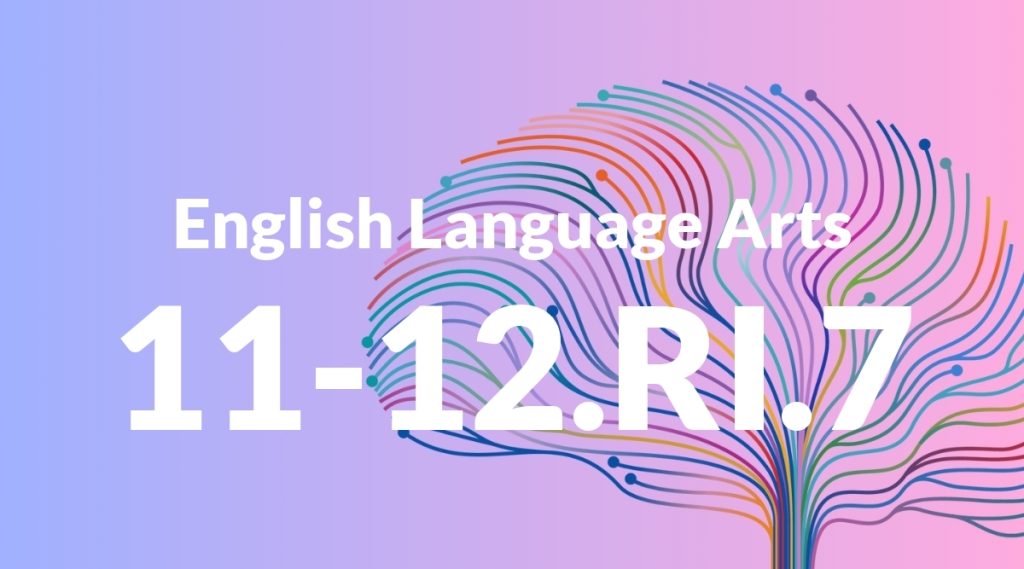Standard: 2.RI.7 – Explain how specific images (e.g., a diagram showing how a machine works) contribute to and clarify a text.
Grade level: Grade 2
Subject: English Language Arts
Domain: Reading: Informational Text
Teacher Overview
This standard emphasizes the importance of visual literacy in understanding informational texts. It helps students recognize that images can provide additional information and clarify complex concepts, making the text more accessible. Students should be able to identify main ideas and details in a text and have experience with basic reading comprehension.
Mastering this standard prepares students to critically analyze and synthesize information from various text features, enhancing their overall comprehension and research skills.
Common Misconception 1
Many students may think images are just for decoration and do not contribute to understanding the text. This is incorrect because images often provide crucial information that supports and clarifies the written content.
Intervention 1
Encourage students to examine images before reading the text and discuss what they think the images are showing. This can help them understand the purpose of the images and how they relate to the text.
Common Misconception 2
Some students might believe all images provide the same type of information. However, different images serve different purposes, such as diagrams explaining processes, charts showing data, and photographs providing visual context.
Intervention 2
Provide varied examples of images and discuss their specific roles in conveying information. This helps students understand the diversity of visual aids and their unique contributions to comprehension.
Prerequisite Knowledge
Students should be familiar with basic reading comprehension skills and have experience with identifying main ideas and details in a text.
Subsequent Knowledge
Students will develop the ability to critically analyze and synthesize information from various text features, enhancing their overall comprehension and research skills.
Instructional Activities
- Have students match images with corresponding text passages.
- Create a classroom gallery walk where students explain the information provided by different types of images.
- Assign group projects where students create their own informational texts with images.
- Use interactive whiteboards to annotate images and discuss their relevance to the text.
- Incorporate digital tools to explore and analyze images in online informational texts.




